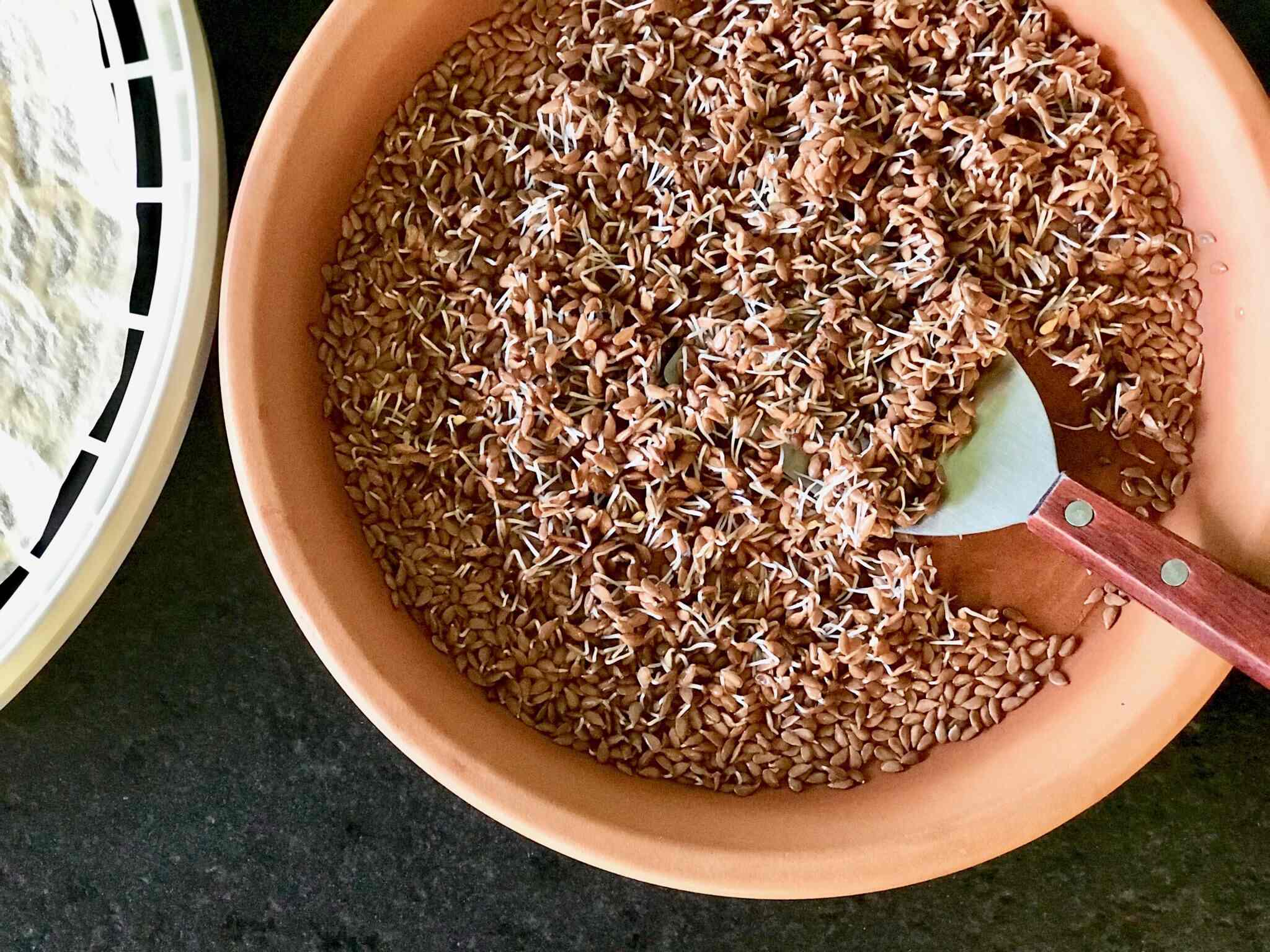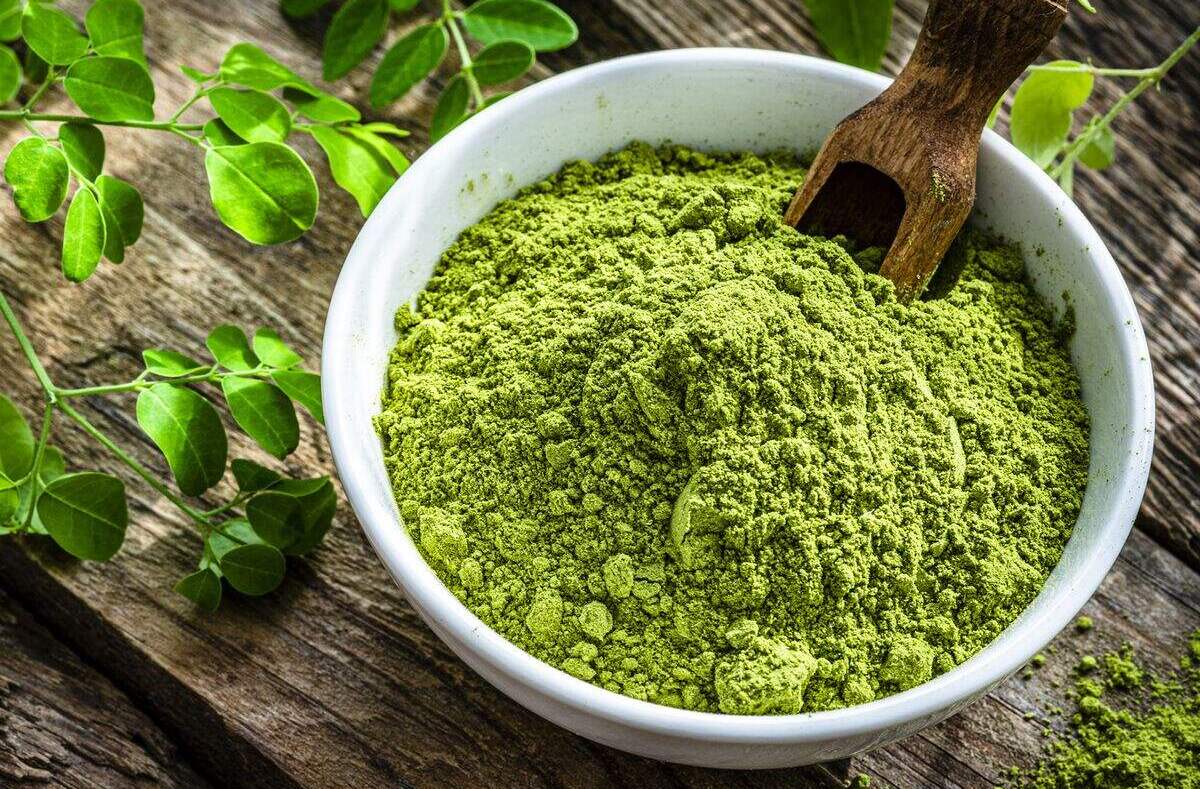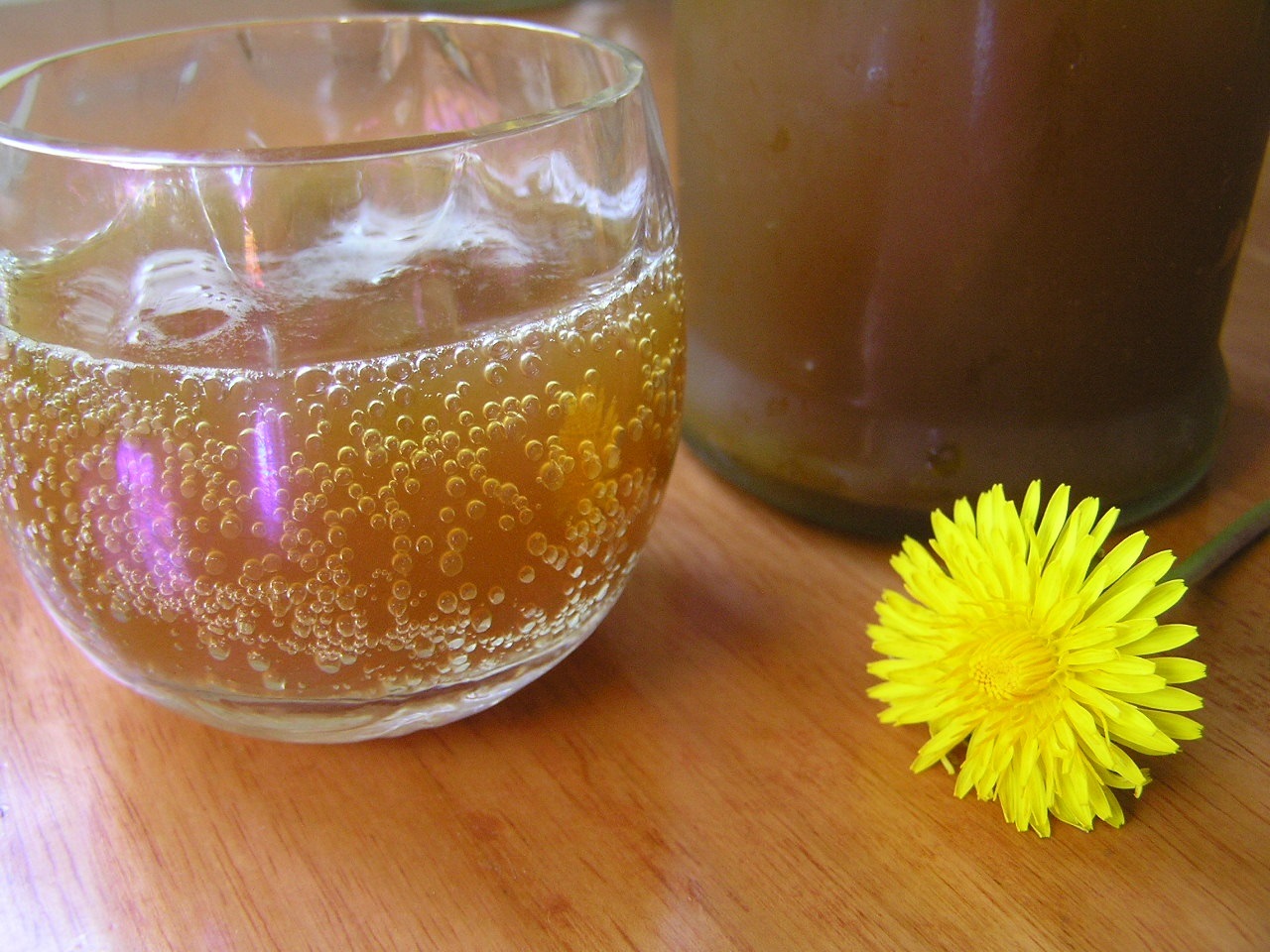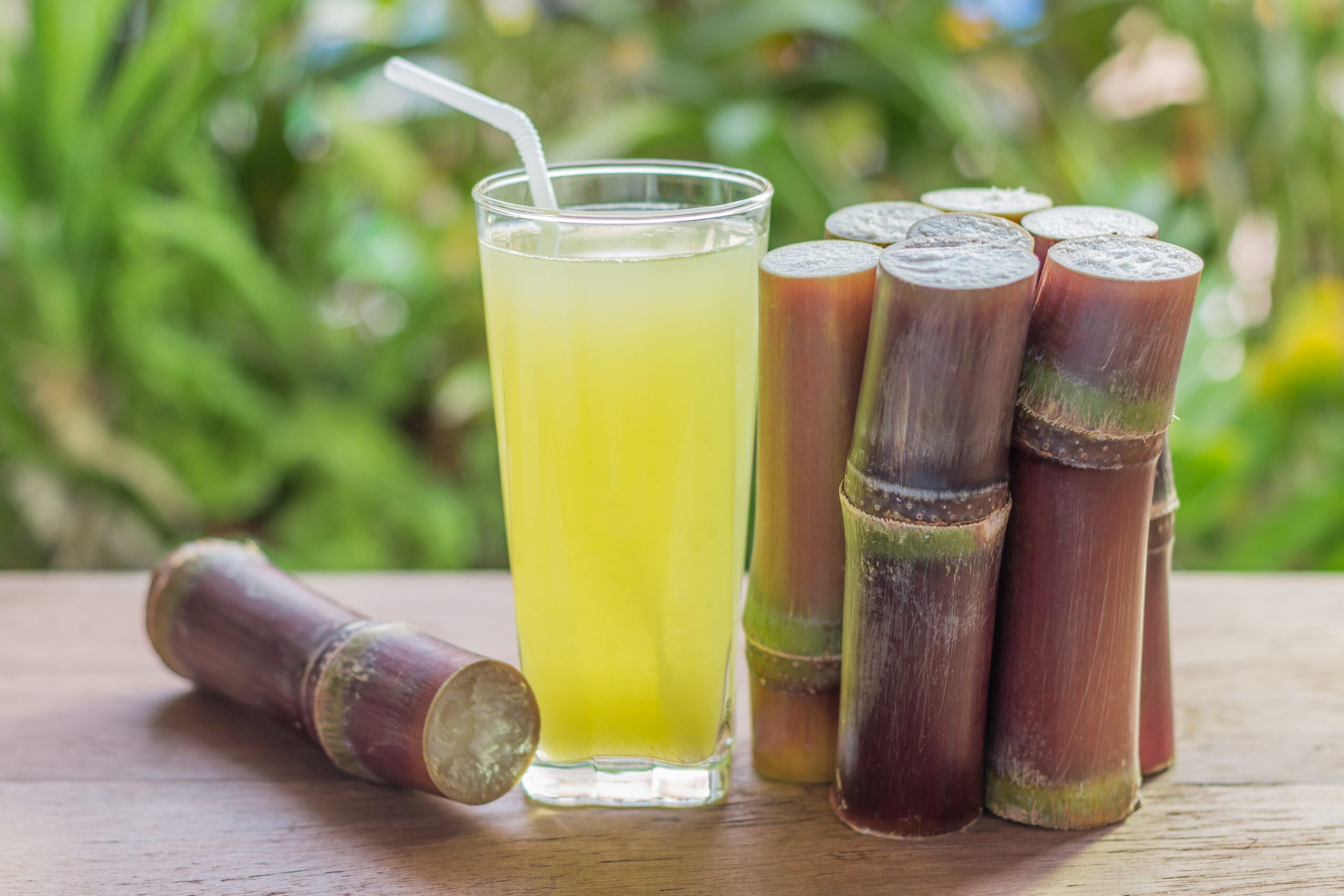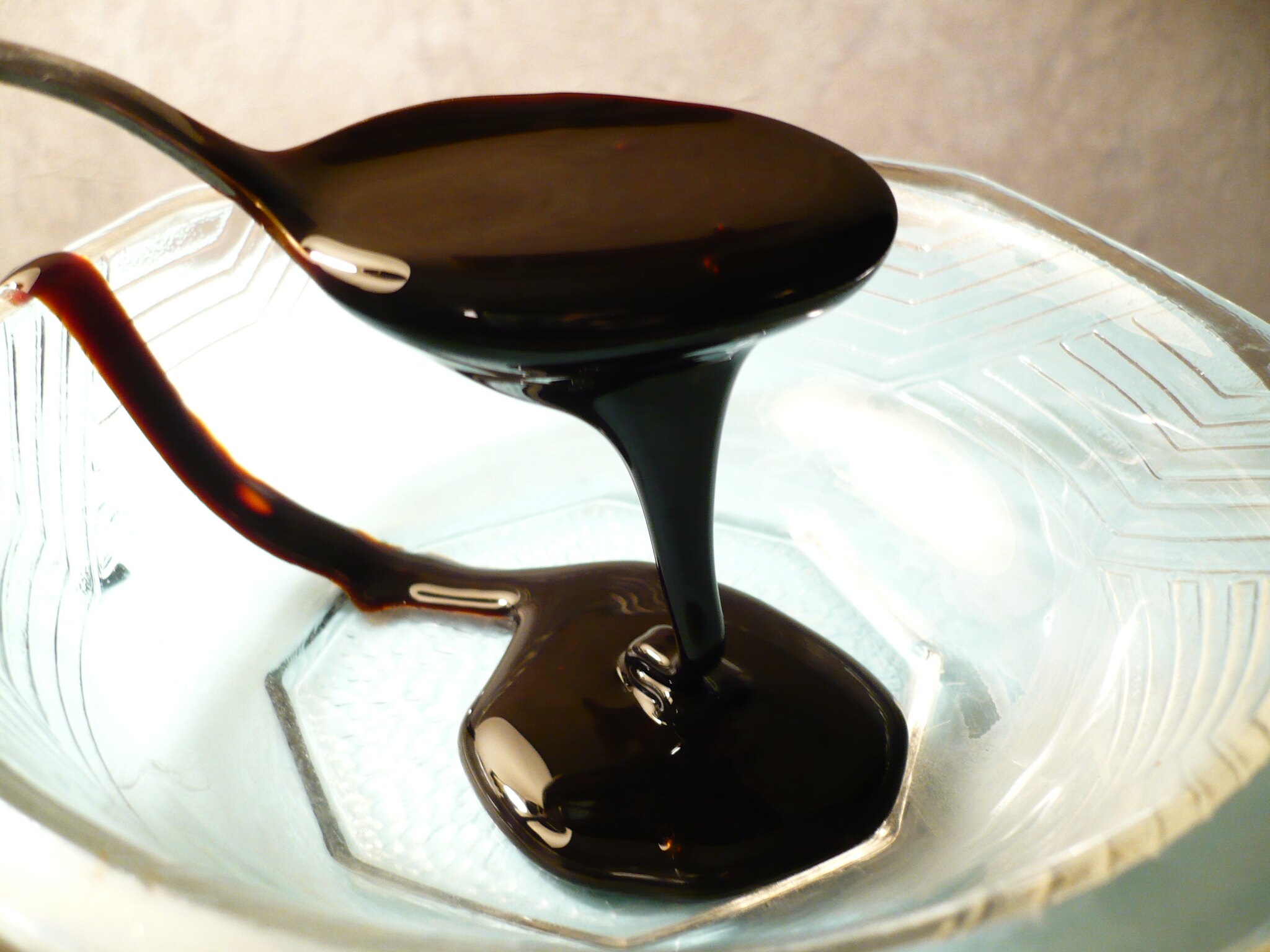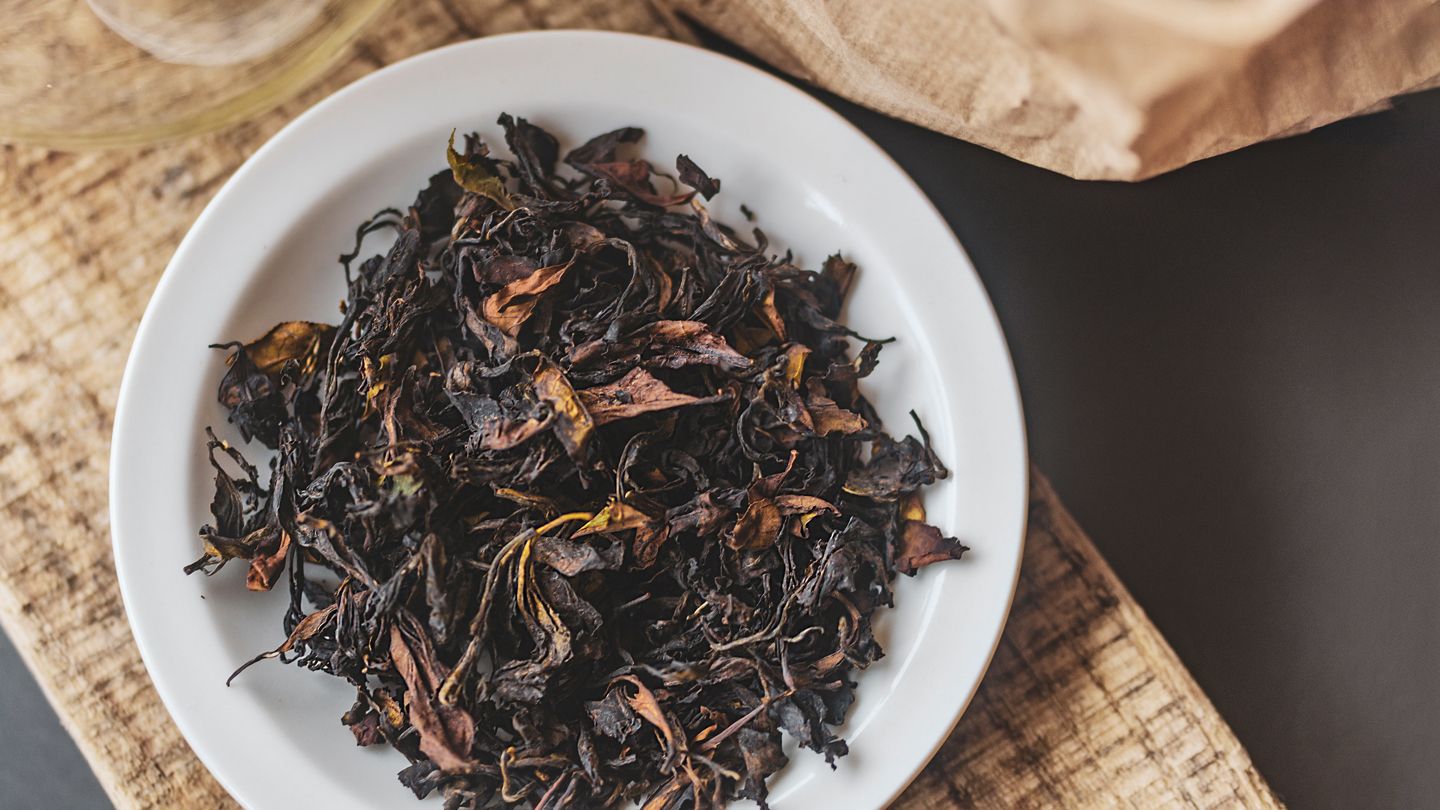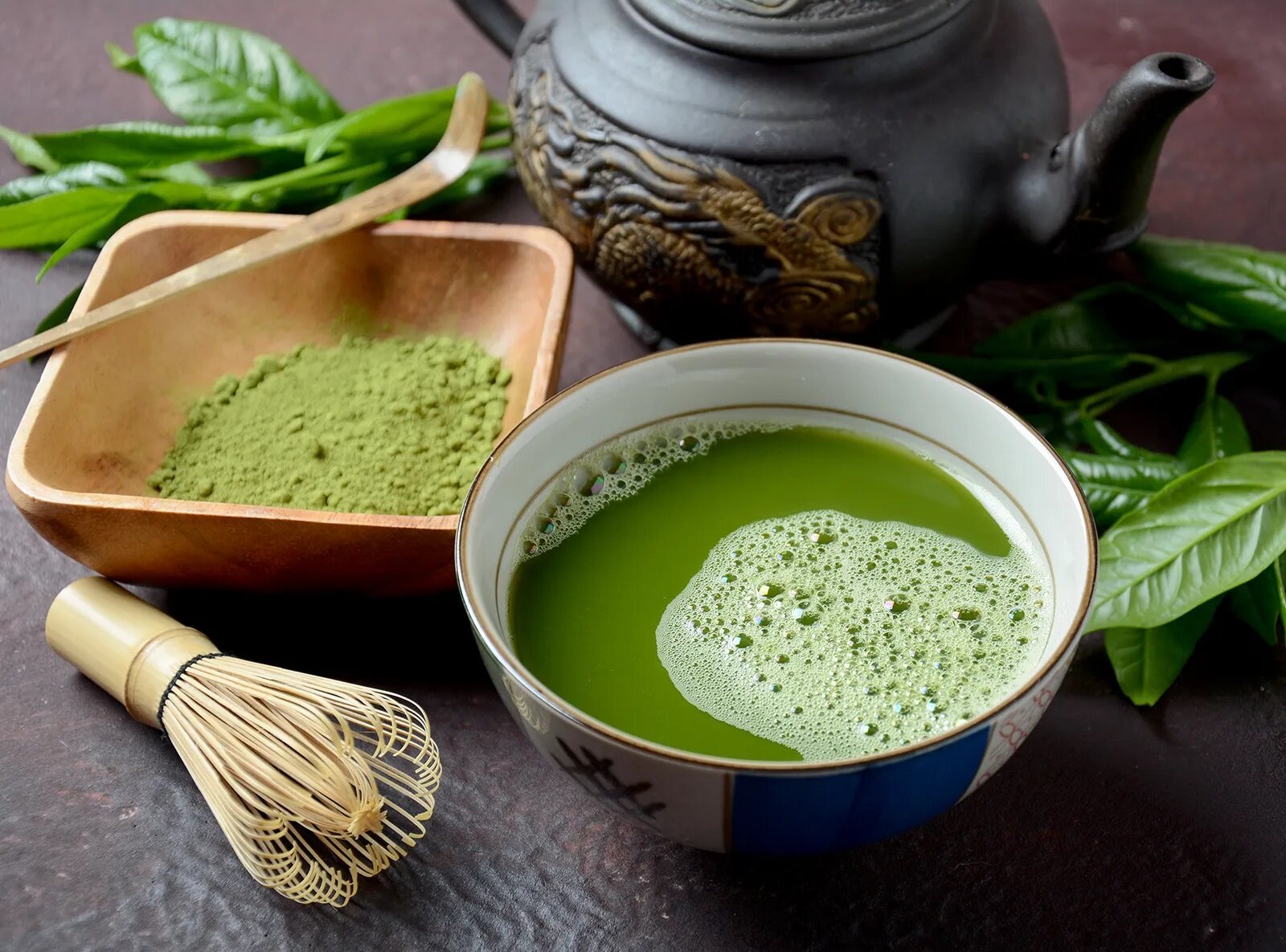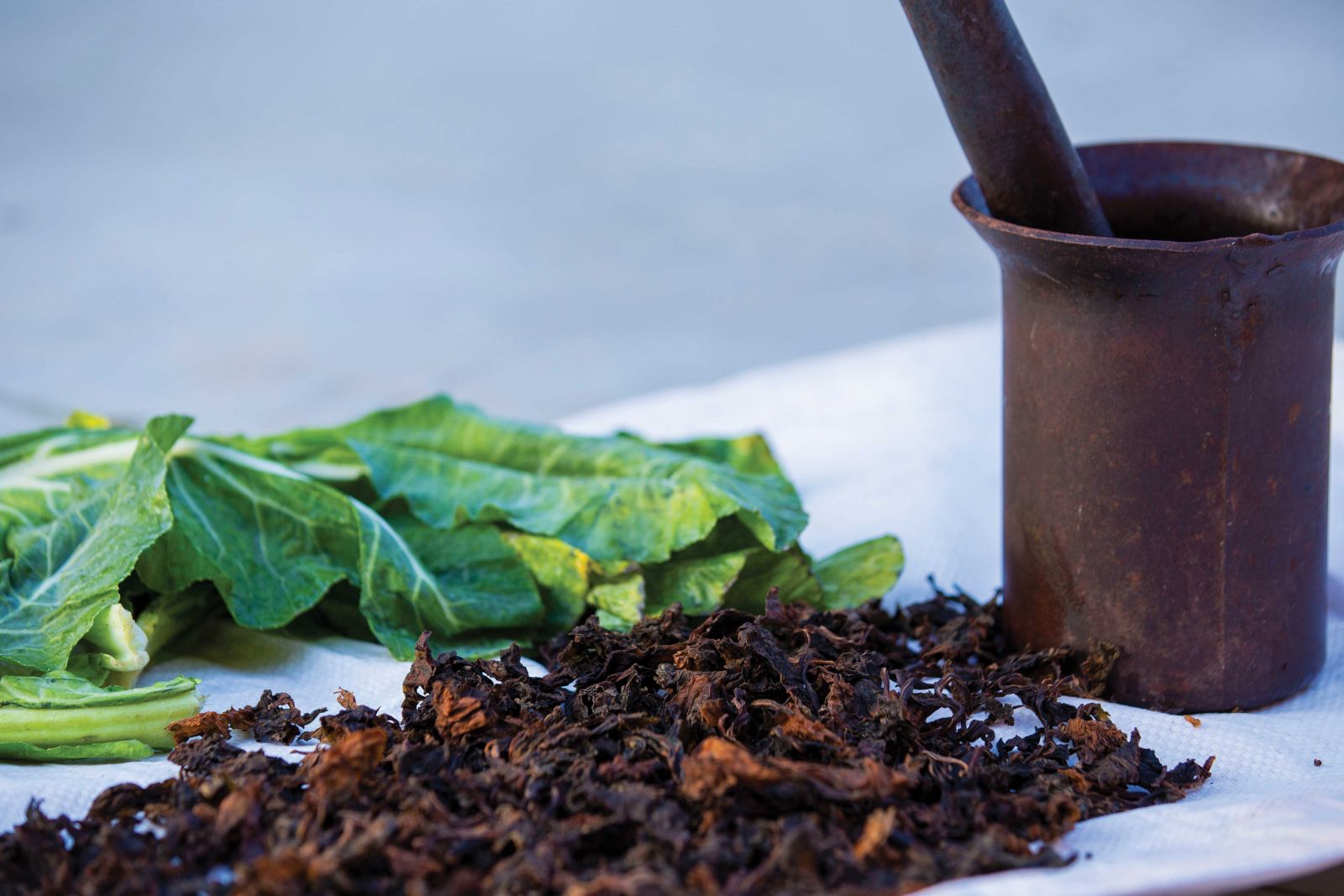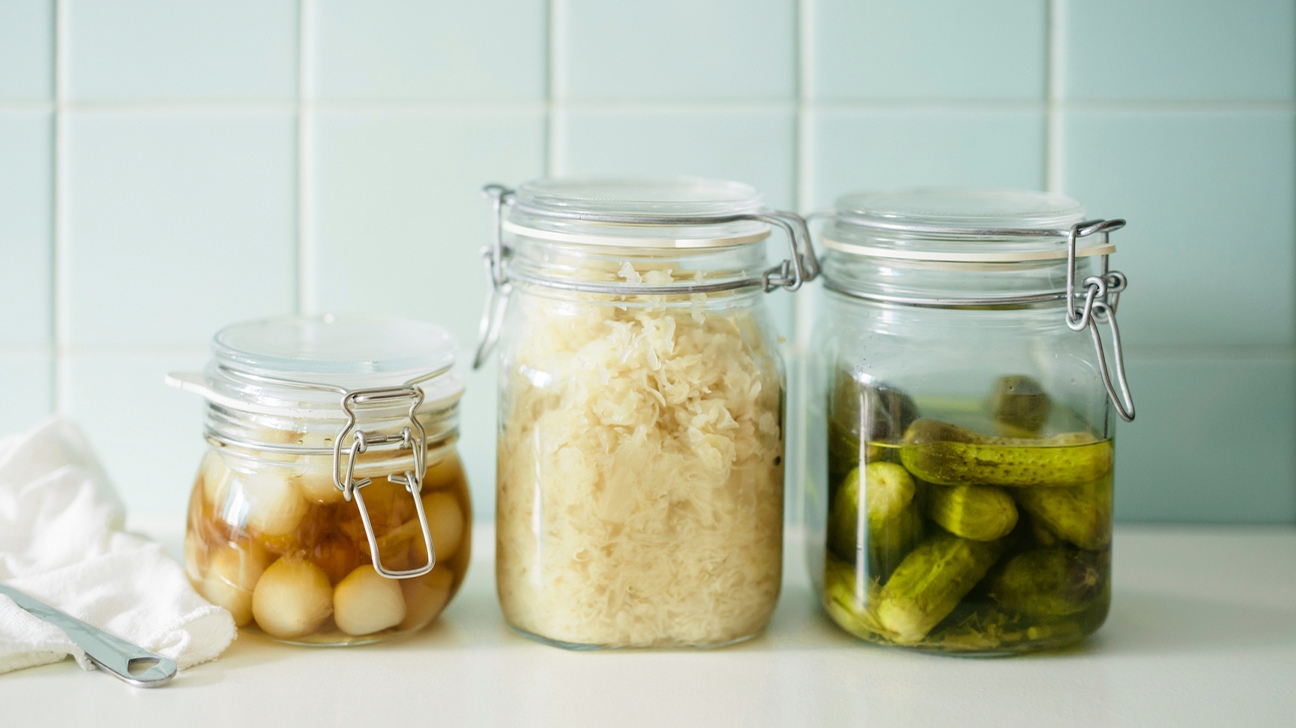Why Ferment Kale?
Fermenting kale is a great way to preserve this leafy green and enhance its nutritional value. The fermentation process not only extends the shelf life of kale but also increases its levels of beneficial probiotics and enzymes, making it a superfood for gut health.
Ingredients and Equipment
To ferment kale, you will need the following:
- Organic kale
- Sea salt
- Mason jars
- A weight or fermenting lid
Preparing the Kale
Start by washing the kale thoroughly and removing the tough stems. Tear the leaves into bite-sized pieces and place them in a large bowl.
Brining the Kale
In a separate bowl, create a brine using filtered water and sea salt. The general ratio is 1 tablespoon of salt per 2 cups of water. Pour the brine over the kale, ensuring that the leaves are fully submerged. Let the kale sit in the brine for about 30 minutes to soften and wilt.
Packing the Jars
Once the kale has wilted, pack it tightly into clean mason jars, leaving about an inch of headspace at the top. Use a weight or fermenting lid to keep the kale submerged under the brine, preventing exposure to air.
Fermentation Process
Place the lids loosely on the jars to allow gases to escape during fermentation. Store the jars in a cool, dark place, such as a pantry or cupboard, and let the kale ferment for about 5-7 days. Check the jars every day to ensure the kale remains submerged and to release any built-up pressure.
Enjoying Fermented Kale
Once the fermentation period is complete, move the jars to the refrigerator to slow down the fermentation process. Fermented kale can be enjoyed as a side dish, added to salads, or used as a topping for sandwiches and wraps. Not only does it add a tangy flavor to dishes, but it also provides a healthy dose of probiotics and nutrients.
Conclusion
Fermenting kale is a simple and rewarding process that can elevate the nutritional value and flavor of this leafy green. By following these steps, you can enjoy the benefits of homemade fermented kale while adding a delicious and probiotic-rich element to your meals.
Was this page helpful?
Read Next: How To Ferment Food Without Salt

